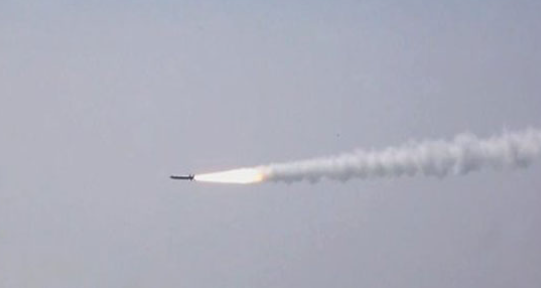India’s RudraM-II Missile Test-Fires Successfully Off Odisha Coast
A big step forward in India’s defence was made when the RudraM-II missile was successfully tested from a Su-30 fighter jet off the coast of Odisha. This accomplishment shows how much better India is getting at making advanced weapon systems on its own.
Success of the RudraM-II Missile Test
The test, which was run by the Indian Air Force (IAF) with help from the Defence Research and Development Organization (DRDO), met all of its goals and confirmed the accuracy of the missile’s control, tracking, and propulsion systems. Along the flying path, instruments like radar, telemetry, and electro-optical systems checked the data.
Acknowledgements and Future Implications
Defence Minister Rajnath Singh and DRDO Chairman Samir V Kamat praised the teamwork that went into the test. This successful test not only proves that RudraM-II works well in the real world, but it also shows that it could be a valuable strategic tool for strengthening the IAF.
Understanding Rudram Missiles
The first anti-radiation weapon made by India is called Rudram. It uses “passive homing head” technology to destroy enemy radar and communication systems. It does a good job of locking on to targets even if the source of radiation stops working during the attack phase.
Evolution and Strategic Enhancement
The RudraM-II is part of a line that includes the RudraM-1, which is mostly used for Suppression of Enemy Air Defences (SEAD), and the RudraM-3, which will have a longer range. These developments are the result of work done together by DRDO, IAF, and Hindustan Aeronautics Ltd. They show a focused attempt to build strong air-to-surface warfare capabilities. This test is an important part of India’s plan to improve its tactical and strategic defences, especially when it comes to missile technology and air superiority. It lays the groundwork for future improvements and operating readiness.
Month: Current Affairs - May, 2024
Category: Defence Current Affairs








